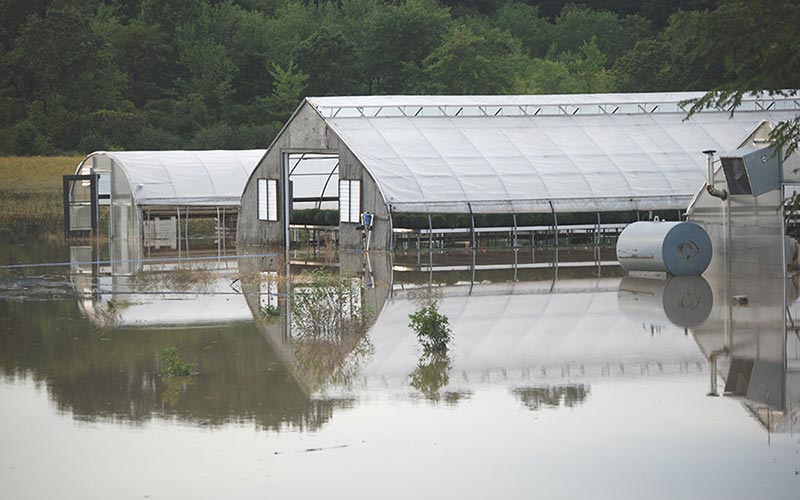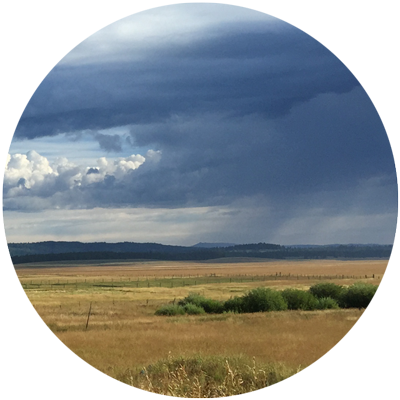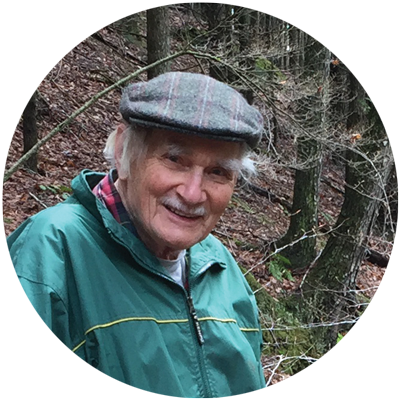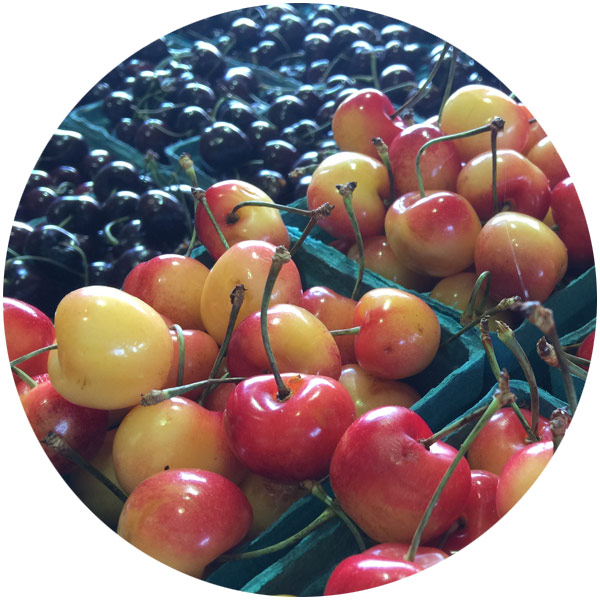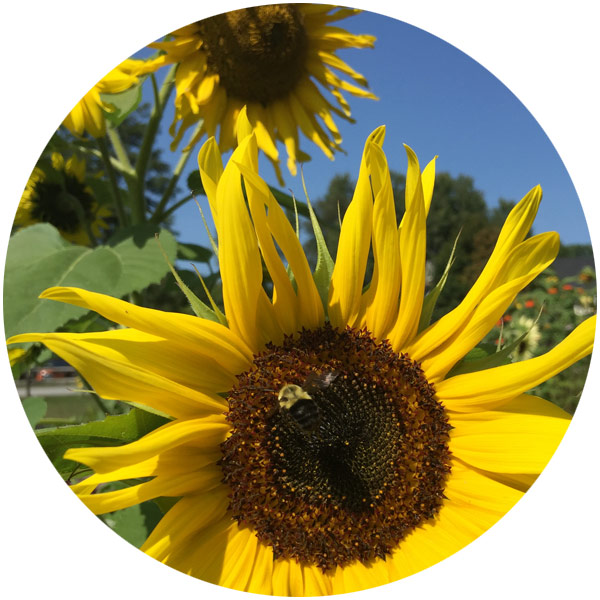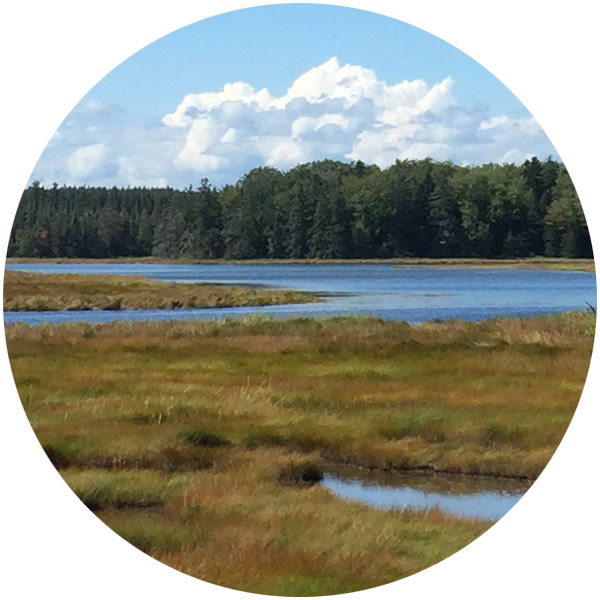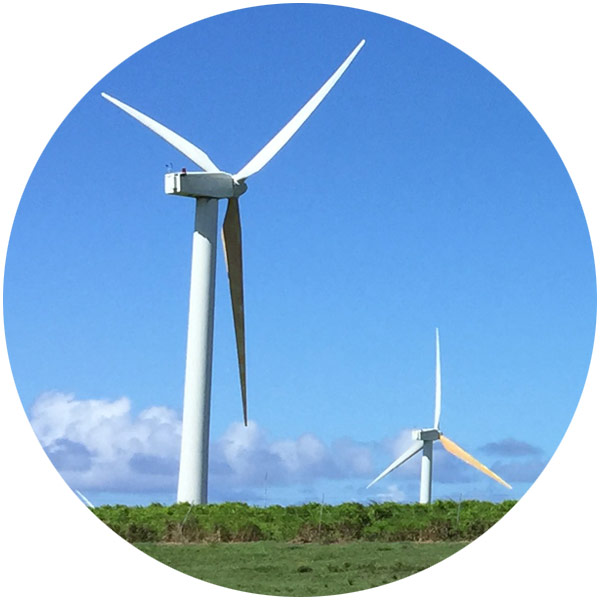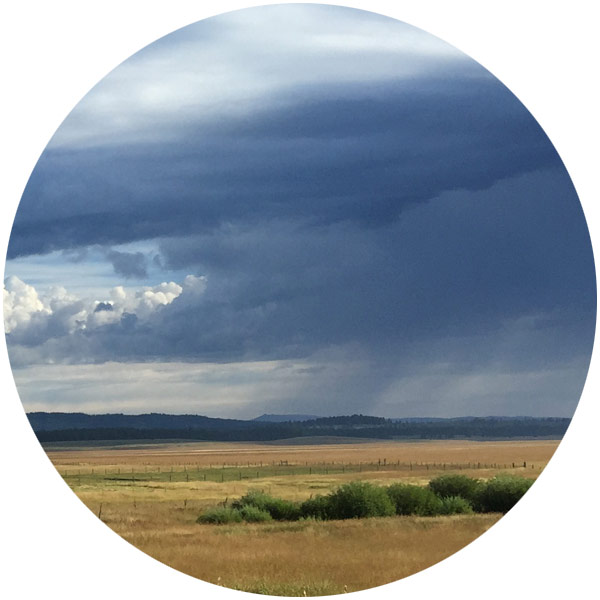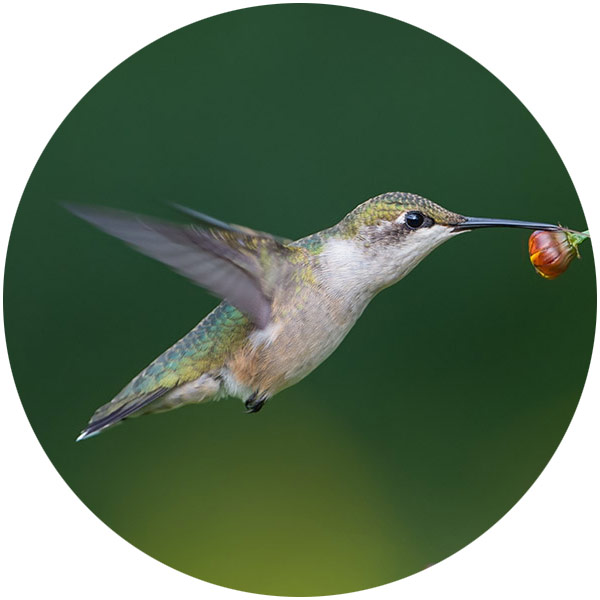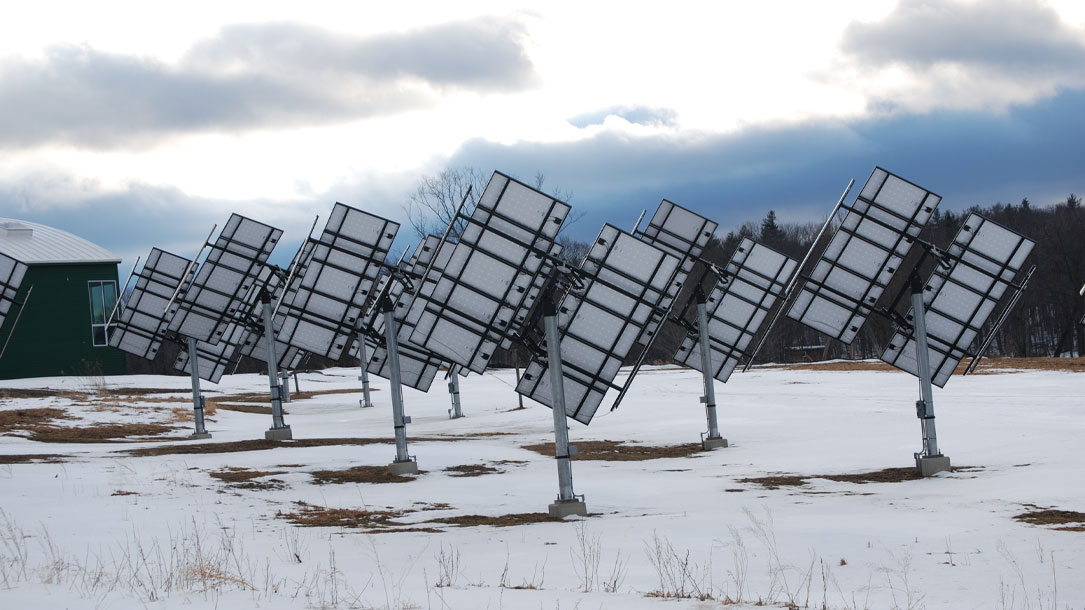
Reflections for land trusts, November 2019
I’m witnessing a growing interest in what I call “elevated solar.” This is solar designed in a manner that allows for large animals, vegetables, and crops to be grown in and around the solar panels (as shown in one example below). Land trusts are starting to express interest given that it’s compatible with a variety of agricultural practices.
The panels are lifted up (often starting at seven feet) and spread farther apart—both on the same “rack” and between racks—to allow more sunlight to hit the ground.
This means that the solar density isn’t as high as it would be if there were continuous banks of solar panels. However, it gives farmers and ranchers more options.
In Massachusetts, there is added incentive to allow this type of solar to be competitive with traditional ground-mounted solar. From what I understand, this is critical.
If we want to slow down climate change to a level that will avoid massive extinctions of plants and animals, we will have to move off fossil fuels and ramp up our use of renewables.
Remember that natural climate solutions are important and can, with the current estimate, provide up to 21% of the solution. Andrew Bowman of the Land Trust Alliance lays out a clear call to action to help make it possible.
If you want additional information, check out the widely-referenced, peer-reviewed study published last year in Science Advances from The Nature Conservancy and 21 institutional partners. They found that nature’s contribution could equal 21% of the nation’s current net annual emissions by adjusting 21 natural management practices to increase carbon storage and avoid greenhouse emissions.
The news that climate change is picking up speed isn’t good, but we have choices. We are going to need to use all the tools we have. In addition to direct land conservation and related climate management, elevated solar gives us another tool in our conservation toolbox. It’s an idea that land trusts can help spread and—just as land trusts advocate for conservation funding—we could advocate for incentives to conserve additional land and make this type of solar possible, too.
Best,

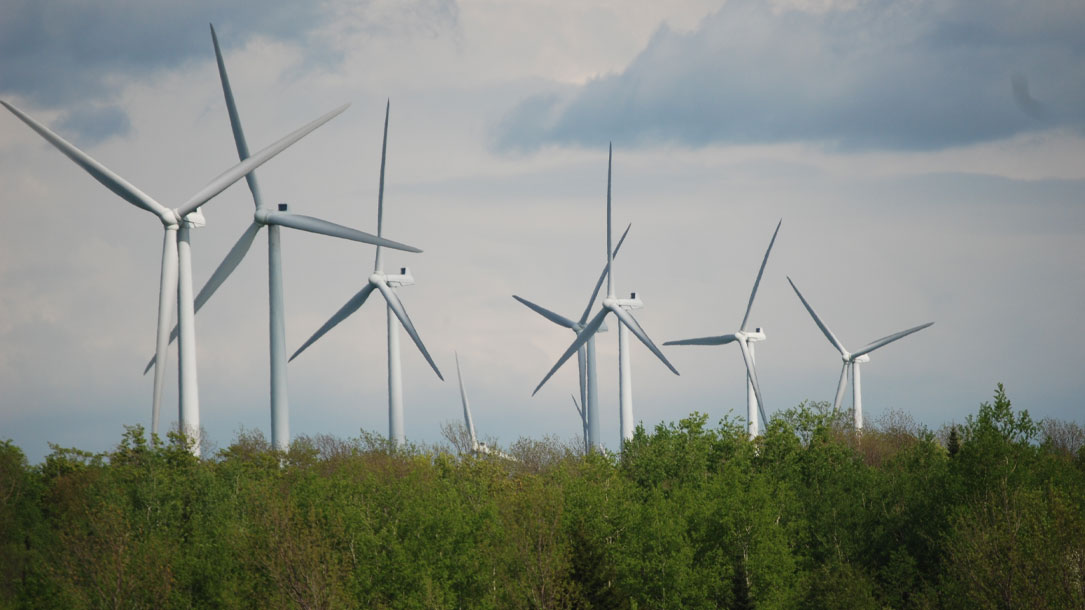
Reflections from Judy, November 2019
Halloween came with some pretty scary weather throughout the country. I’m hoping you and your community are doing okay.
This past month also brought with it a number of interesting studies about the impacts of climate change, strategies to address it, and the increasing urgency to help the conservation community see ourselves as part of the solution.
Natural climate solutions (plants, soils, water, fungi, etc.) still have a chance to play a significant role in slowing down climate change. Here in the U.S., it is projected that natural climate solutions—if we simultaneously increase energy conservation and renewables in the next 15 years—would reduce climate change by as much as 21%.
Last year, the peer-reviewed study in Science Advances from The Nature Conservancy and 21 institutional partners found that nature’s contribution to reducing climate change could be as much as 21% towards absorbing current net annual emissions. This would occur by adjusting natural management practices to increase carbon storage and avoid greenhouse emissions.
That’s why land trusts are realizing that getting off fossil fuels is also a critical part of the climate solution—and part of the conservation solution. Protecting land won’t be enough—even if we do a lot more of it. We have to encourage renewables, in a compatible manner with land and water, as much as possible, to save the lands and waters we love.
Check out the interactive Audubon Report reference below if you are interested in the survival of hundreds of species of birds.
I’m interested as to what you think, so please email me with your thoughts and questions.
Best,

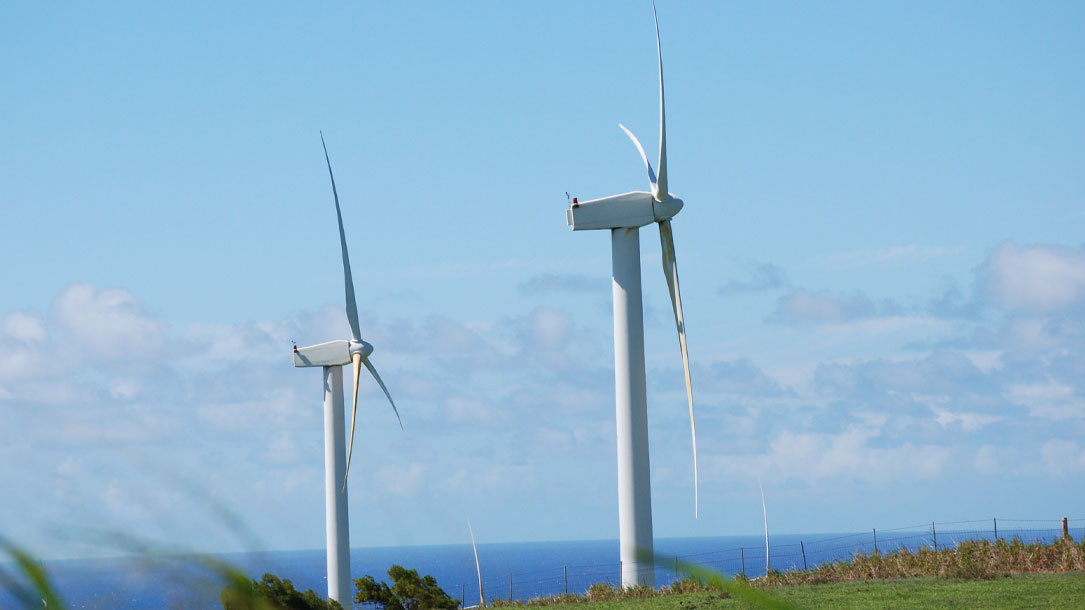
Reflections from Judy, October 2019
The past couple of weeks have built an even greater case for the additional action needed to slow down climate change.
As you may recall, natural climate solutions (soils, trees, waters, animals, etc.) could amount to 21% of the solution in this country if we act in a significant way over the next 10–15 years.
But to ensure that agricultural and wildlife lands retain their vitality, we will also need to consider how we can support a substantial increase in renewable energy.
That means resetting our perspectives related to the place of renewables in the lands and waters we know and love.
Why?
Because if we don’t tap into both natural climate solutions and a simultaneous ramping up of renewables—and do so throughout the country—we will very likely lose much of what we, as people and communities who care about land conservation, have pledged to conserve. It’s that simple.
Yet, for many, it’s a considerable shift in the paradigm. We will need to think more broadly rather than focusing on conserving only the lands and waters in our area; climate change makes it clear that we are in this together.
Add to this new way of thinking the realization that climate scientists have been underestimating (not overestimating) the pace and impact of climate change, and you have very good reason to embrace the reality that conservation now means investing in these two compatible approaches.
Thank you for all you do around climate change and conservation to raise the issues and concerns, to follow the science, and to figure out ways to act. As always, feel free to call or email me with ideas and questions.
Best,

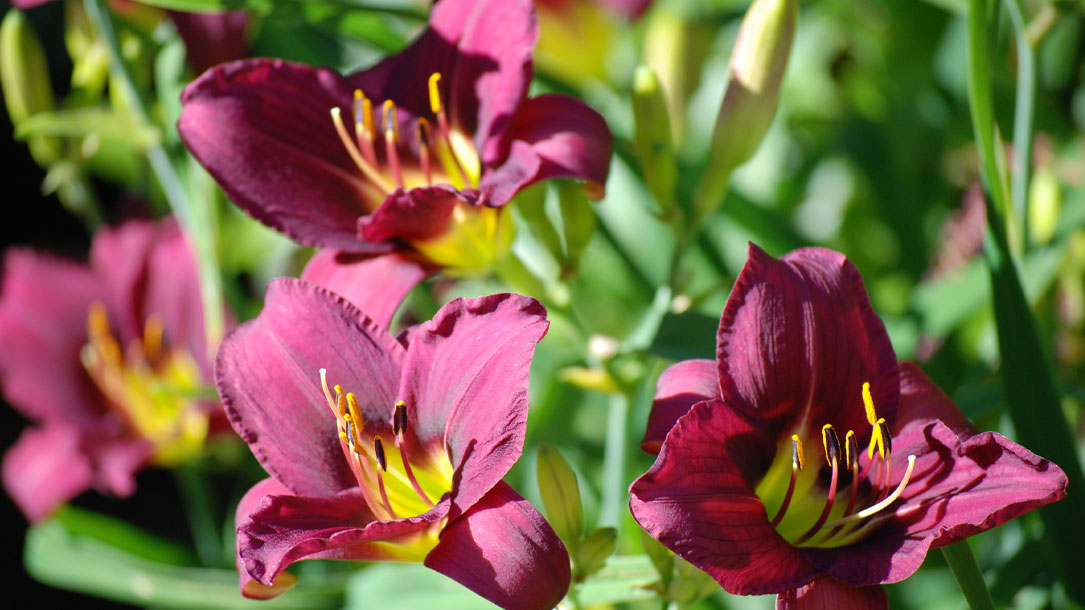
Reflections from Judy, August 2019
The past couple of weeks have been filled with new research documenting the accelerating pace of climate change. At the current pace we are expected to exceed 4 degrees Celsius.
If that happens, we will face mass extinctions; increased loss of life; agricultural and forestry collapse; billions of dollars of economic loss; and mass migrations of people—and that’s only here, in the U.S.
So, we can’t let that happen. Period.
What does that mean? We need to share the news of these impacts based upon what people care about and help them see the solutions, around them.
If you or your local land trust want land and water to be conserved for generations to come, it will be important to recognize that we need you to talk about how climate change is impacting—and will impact—the things people love.
It also may mean your land trust has to adapt to spending more time working to slow down climate change, as the very survival of what many are working to conserve is increasingly at risk.
The good news is that land trusts are already starting to move in that direction. The articles below are here for you to consider how you might share them and help people connect the dots on what you, your community, and your land trust, are doing to slow down climate change.
Best,

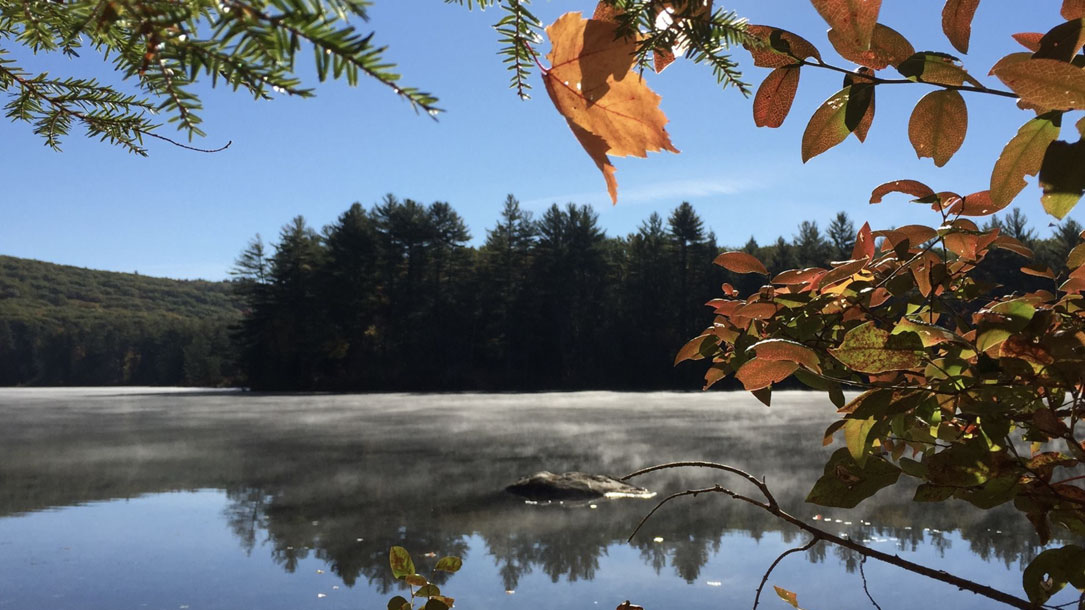
Reflections for land trusts, August 2019
I’ve been asked what a land trust can do if it doesn’t have a lot of time to work on climate change.
It’s a fair question.
Talking about climate change is probably one of the most important things you can do, both as individuals, and as a land trust. Finding common ground, helping people understand how climate change will impact what they love, and connecting the dots to what they can do about it sets us on a path toward change.
Specifically talking about natural climate solutions is key. If all goes well, and we act quickly (within the next 5–10 years), natural climate solutions are projected to help slow down climate change by 21%.
This means that the conservation community will also need to help the people who care about land and water (and their families, communities, wildlife, and farm/ranch animals) do what they can to support renewables. We need to get to a place where renewable energy is seen as vital to conservation—and we need land trusts to help connect those dots.
Why? Because climate change is accelerating. Even climate scientists are alarmed at the pace of the changes, and many are experiencing climate grief.
I know land trusts can be part of the solutions we need. The question is, to what extent? The good news is that more are stepping up to lead, and to answer just that.
Best,

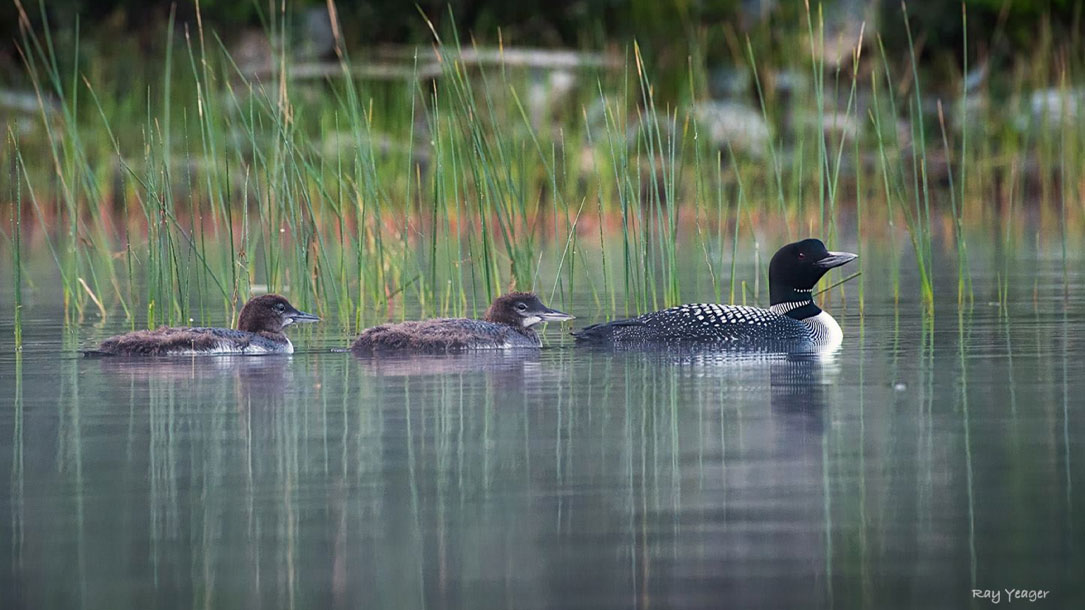
Reflections from Judy, July 2019
I thought I’d share some new research with you as well as another video by Katharine Hayhoe on how to talk about climate change. There are a number of good articles below—but I want you to know that I don’t ever expect you to read them all—just skim to see what is relevant to you. Plus, you can always go back to read them on my website.
Anyway, there’s some very good news about states and local communities ramping up their efforts to switch to renewables in a significant way, many as soon as 20 to 30 years from now.
- Twenty-three states plus the District of Columbia have adopted specific greenhouse gas reduction targets to address climate change.
Natural climate solutions are predicted (if they happen soon, and in an optimal manner) to account for up to 21% of climate mitigation efforts in this country.
The challenge is timing.
We don’t have 20 to 30 years to make this happen. Carbon dioxide is the primary greenhouse gas pollutant, responsible for about three-quarters of emissions. It can linger in the atmosphere for thousands of years. Rather, we have the next 10 to 15 years to make a significant transition.
That’s because we are nearing a tipping point with the impact of climate change. We are facing the reality that we need to act quickly to avoid irreversible damage to our ecosystems, agriculture, forests, and communities. You are a big part of this change by helping more people understand the time to act is now.
It’s crucial, as conservationists, that we don’t stand on the sideline while communities grapple with why increasing renewables and natural climate solutions matters. State-wide policies are going to get real on a local level. Your leadership is more important than ever to help communities understand that renewables and energy conservation are parts of what will keep land and water conservation viable for generations to come.
Research from Yale’s Program on Climate Change Communications shows that people—a lot of people, even in conservative areas—care, and they want to hear from you. The good news is that there are things we can do, together, now.

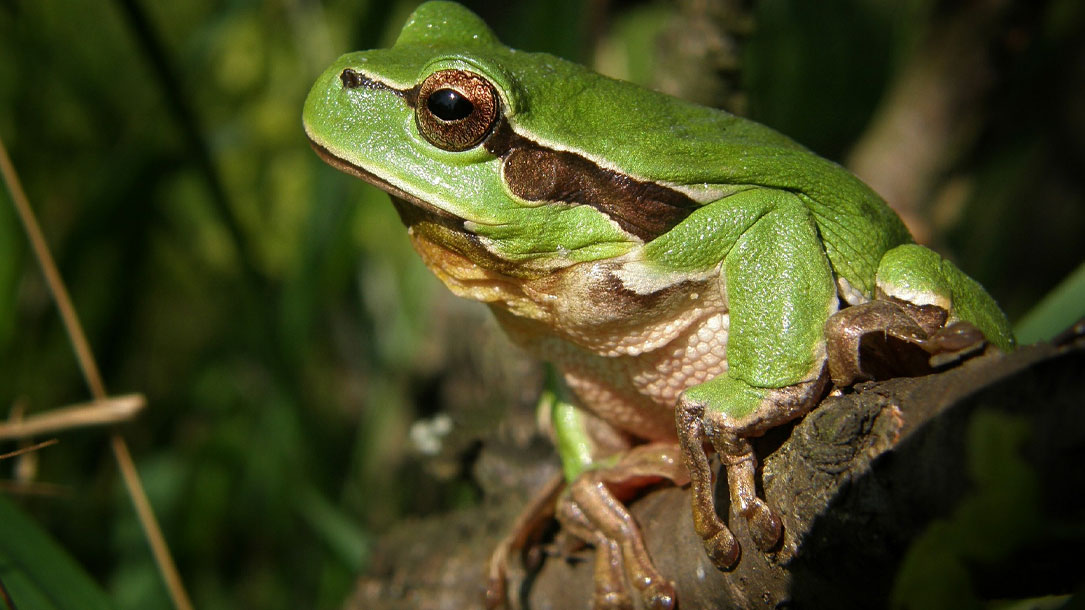
Reflections for land trusts, July 2019
Do you find that you, or your local land trust, feels overwhelmed as to how to get the word out about climate change?
I know many do.
But it’s not as hard as you think. Consider the personal, or organizational, values you have. Then start raising the issue centered around what is at risk and relevant solutions. Land trusts are starting to do this, whether it’s in their Facebook feeds, posting information in their e-News and on their websites, or hosting podcasts and community meetings.
And the business sector is getting the word out, too. There’s an opportunity to look at why businesses are stepping up their climate change efforts, even when it might not be as obvious a link as it would be for a land trust.
It doesn’t have to take a lot of time. Honestly. If you don’t have a lot of time, there are things you can do, right now, which will move the needle in slowing down climate change and shifting from “business as usual.” That’s what the Land Trusts Taking Action emails are all about.
What we don’t want is for your community to wonder where the heck you and your land trust were when there was still time to do something about it. Being late to the dance won’t cut it as this is a situation where the impacts are being, and will be, felt over centuries. We’re talking about conserving lands, waters, and the places people cherish for generations to come.
Best,


Reflections from Judy, June 2019
I’m hearing from land trusts that although they increasingly recognize climate change as the greatest threat to conservation this country (and world) has ever faced, they still don’t have time to deal with it.
Or, they aren’t experts in it.
Or, it’s too controversial. Or, their constituencies won’t care. Hmm.
The good news is your land trust doesn’t have to be an expert. There are reliable scientists who are. Your land trust can help the folks in your community connect the dots to the impact of climate change on the lands and waters they love by posting articles in social media, e-News, and newsletters.
We can help more and more people understand that slowing down climate change is worth taking two hours a week to talk about, join community efforts to advance renewables, work with landowners to use natural climate solutions, and make it clear that climate change is a fact of life.
I recognize that conservation organizations are super busy. But I also know that if your house is on fire, worrying about your rotting window sills is a skewed perspective. That means, to me, that we have to make room in conservation for fighting climate change—even if it means giving up one community talk on native plants or a trail day—so as to free up the time to talk (perhaps in partnership with other groups) about what steps we will take to slow down climate change.
In addition to the articles below, I’m curious as to what you think of the video from Katharine Hayhoe on why two degrees is the “magic number” to try to keep climate change at bay.

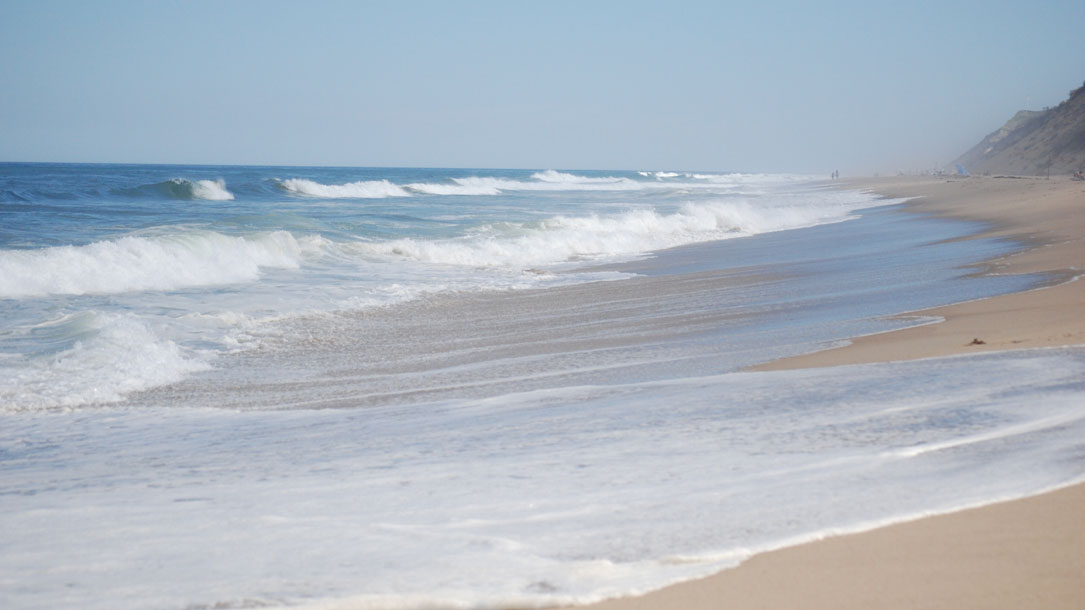
Reflections for land trusts, June 2019
I’m hoping this email finds you and your community safe. I’m sure you can see it yourself: there has been an increase in extreme weather that is being caused, increasingly, by climate change and the chaos it wreaks. Research continues to clarify that the destabilization of the jet stream, and the warming oceans, are significant factors.
The good news is that slowly, but surely, land conservation groups are realizing that they need to help their communities connect the dots and respond in a way that slows down climate change…soon.
More and more, I find examples of land trusts taking action, as well as the business sector realizing that it, too, has a role to play. It’s encouraging.
You might find this graphic helpful to understand what is happening and what is at stake.
I’m hoping you can encourage your community and local land trust to invest in conservation, energy efficiency, and renewables. We have a limited amount of time to make that happen to keep the lands and waters you love, intact, as you know them.
Best,

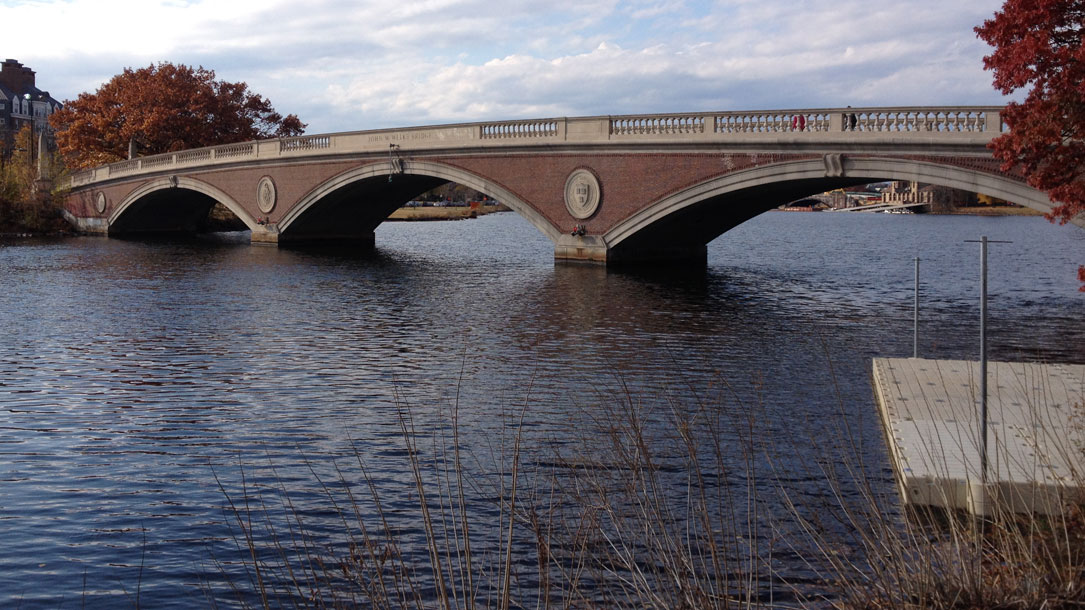
Reflections from Judy, May 2019
I’ve been thinking about climate leadership.
Greta Thunberg, one of the most effective climate leaders we have yet to see, is just 16 years of age. Her secret? Facing the climate crisis as a crisis, speaking truth in a way that empowers others, using language and metaphors people can relate to, and disrupting the everyday process of “business as usual” by noting that “doing the same” will end the world as we know it.
She understands the science. She understands the urgency. She grapples with climate sorrow. And yet, she is drawing people from all walks of life (and the world’s leaders) together to face the need for change.
I’m hoping that your local land trust—as well as land trusts who work throughout the nation—will follow suit to change course, and soon.
If your land trust took just two hours a week to elevate the need for climate action through partnerships, communications, programming, and team learning, it might be the most important conservation work it does as an organization to save the special places we all care about. Conserving land to minimize development is helpful when conserving important conservation attributes—but we know that it won’t be nearly enough given what climate change, at its current accelerating rate, will do.
Starting now, we have a chance to be part of the solution at a level that matches the risks to the lands, waters, and communities we have pledged to conserve. For Greta, and now thousands of students, this means one day per week. For you? Maybe it’s talking with friends, family, colleagues, or community organizations to help people around you connect the dots. We all have to start somewhere. And I’m here, walking this path with you.


